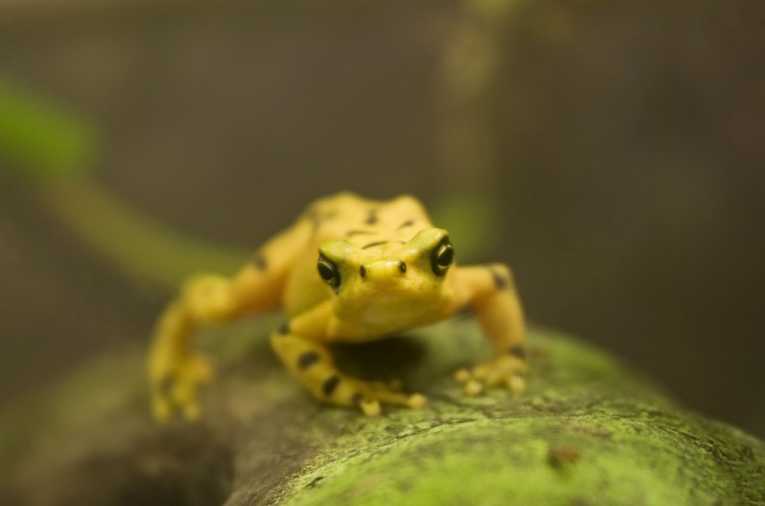Here's a global alert: amphibians worldwide are currently engaged in a battle for survival - and losing it. Bats and frogs are the most visible victims, but salamanders and newts are also affected. The toll on the amphibian population has been devastating, and at least two hundred species are thought to have been wiped out so far. Their ruthless enemy? A lethal skin disease called chytriodiomycosis, caused by the chytrid fungus.
The virulence and speed of this epidemic baffled scientists from the moment they first identified it. After all, amphibians and the chytrid fungus had coexisted for a very long time without all this trouble and in some cases amphibians were even immune to their local chytrid fungus. Something had clearly changed in the relationship between fungus and amphibians, but what exactly was it?
An international team of researchers recently discovered the answer in something known as recombination. In layman's words, this is the process by which different individuals exchange genes and these genes come together to form a new DNA chain. According to the scientists, recombination of chytrid fungus genes created one or more new fungal strains, deadlier than ever before, which are responsible for the mortality of amphibian species all over the planet.
In order for this to happen, different, preexisting strains of chytrid fungus must have come into contact - which means someone must have carried one or more types of this fungus from one part of the world to another. Looking for culprits, the researchers have pointed to the global trade in amphibians, particularly frogs and toads. The fungus probably hitched a ride on the traveling amphibians. Once in their new territory, the foreign strain of fungus mingled with its local relatives and the result was literally a killer.
This theory is reinforced by the coincidence between the takeoff of the global amphibian trade and the first appearance of the deadly disease. Conservationists themselves may also be at fault, at least to some extent. It's possible that captive breeding and reintroduction programs, specifically those targeting amphibians, played a part in the relocation of fungal strains.
A solution for the ongoing extinction may be found if the global trade in amphibians is regulated and new procedures are introduced to make sure unwanted little critters don't make it from their own corner of the world to another. In a world with other priorities and already staggering under the weight of its cumbersome, ineffective structures, there seems to be little hope of success in this field. Besides, it would also require a substantial modification of our modern taste for pets.










